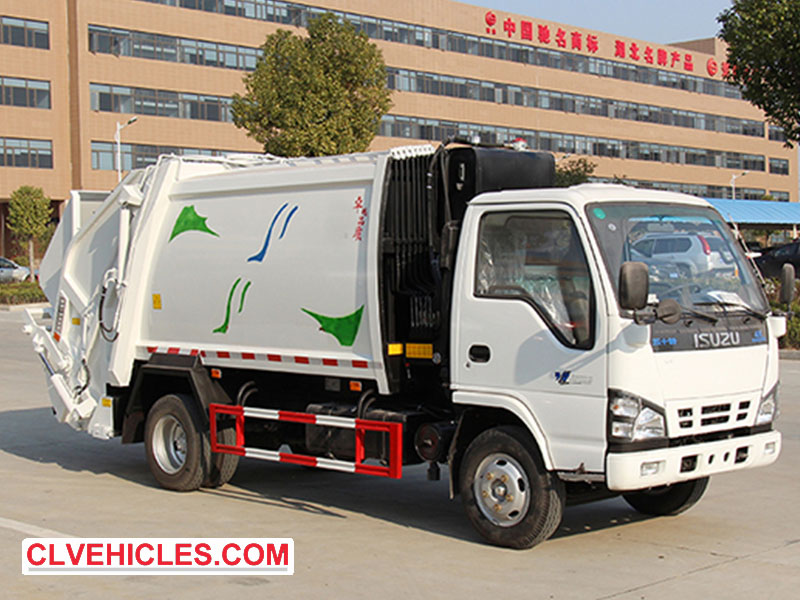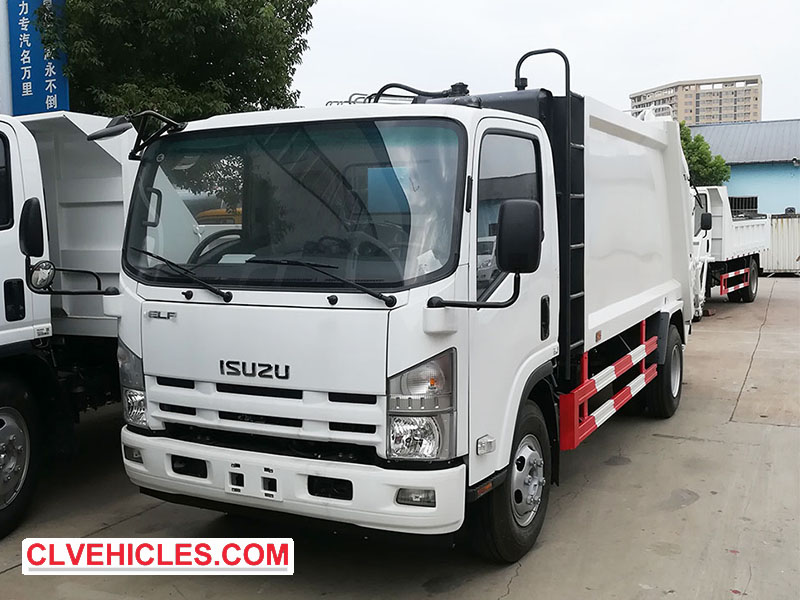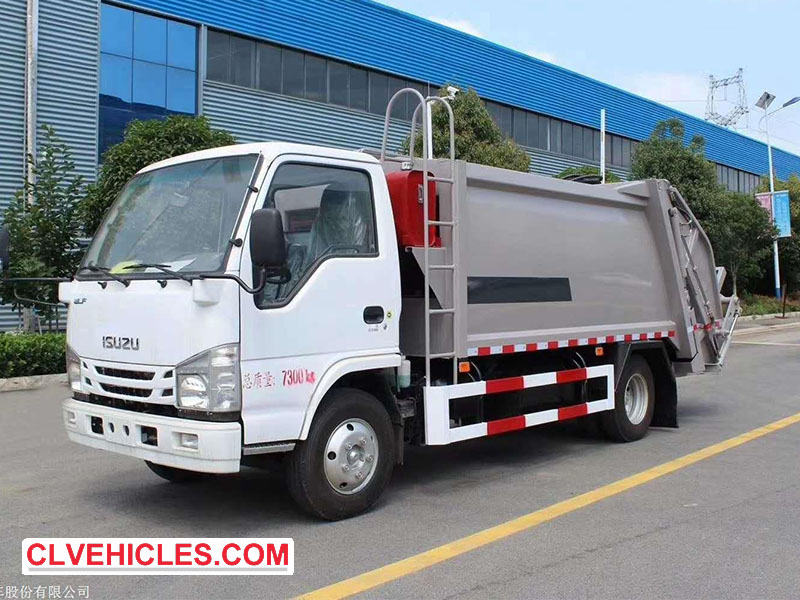The solenoid valve is a critical component in ISUZU garbage trucks, controlling the power take-off (PTO), which directly affects the lifting system. A solenoid valve failure can significantly reduce the efficiency of garbage collection operations. The following is a practical guide to diagnosing and resolving common solenoid valve problems.
If the solenoid valve fails to close, possible causes include damaged seals in the main valve core or plunger; in these cases, the seals should be replaced. If the fluid temperature or viscosity is too high, consider replacing it with a model suitable for the conditions. Debris within the valve may clog the valve core or plunger; in this case, shut down the system and thoroughly clean the components. Worn or deformed springs should be replaced, and clogged orifices should be cleaned promptly. Furthermore, if the solenoid valve has reached the end of its service life due to high frequency operation, it should be completely replaced.

If the solenoid valve does not operate after power is applied, first check the power connections for loose contact and rewire or reconnect as needed. Verify that the power supply voltage is within the specified range and adjust as needed. Check the coil for desoldering or shorting and resolder or replace it. If the operating differential pressure is incorrect, adjust the valve or install a suitable replacement valve. Excessively high fluid temperatures may require switching to a proportional solenoid valve. If contaminants cause the valve core or core to stick, the system requires immediate shutdown, cleaning, and installation of a filter; any damaged seals must also be replaced. Finally, if the fluid viscosity is too high or the valve has reached the end of its life due to heavy use, the entire system may need to be replaced.

By systematically comparing fault symptoms with these guidelines, operators can accurately identify and resolve solenoid valve issues. Prompt and correct action helps maintain the operating efficiency of garbage trucks and extend their service life.

